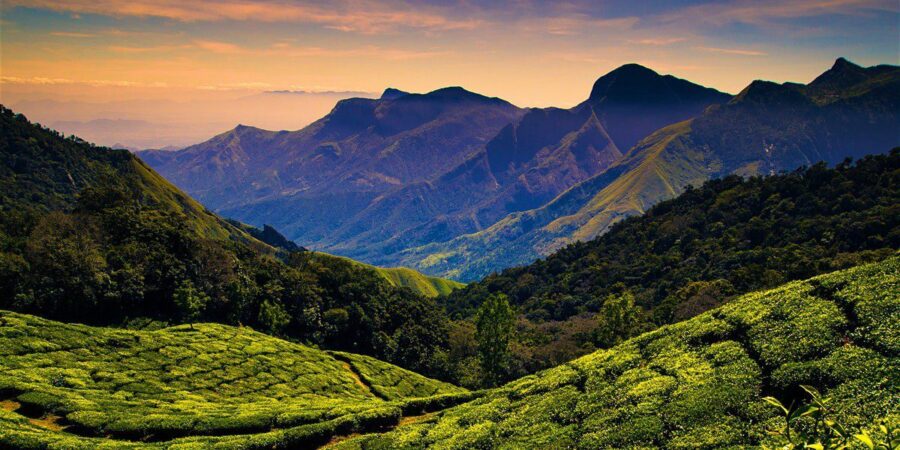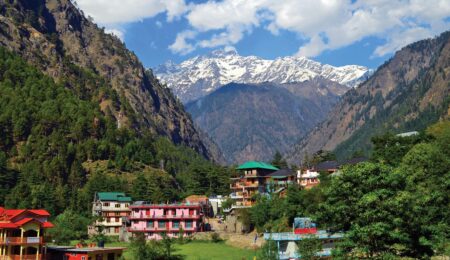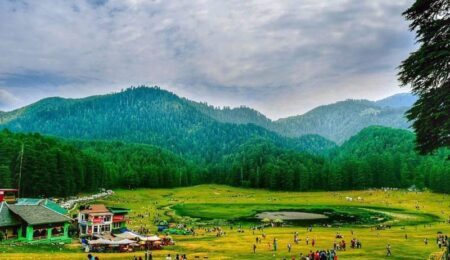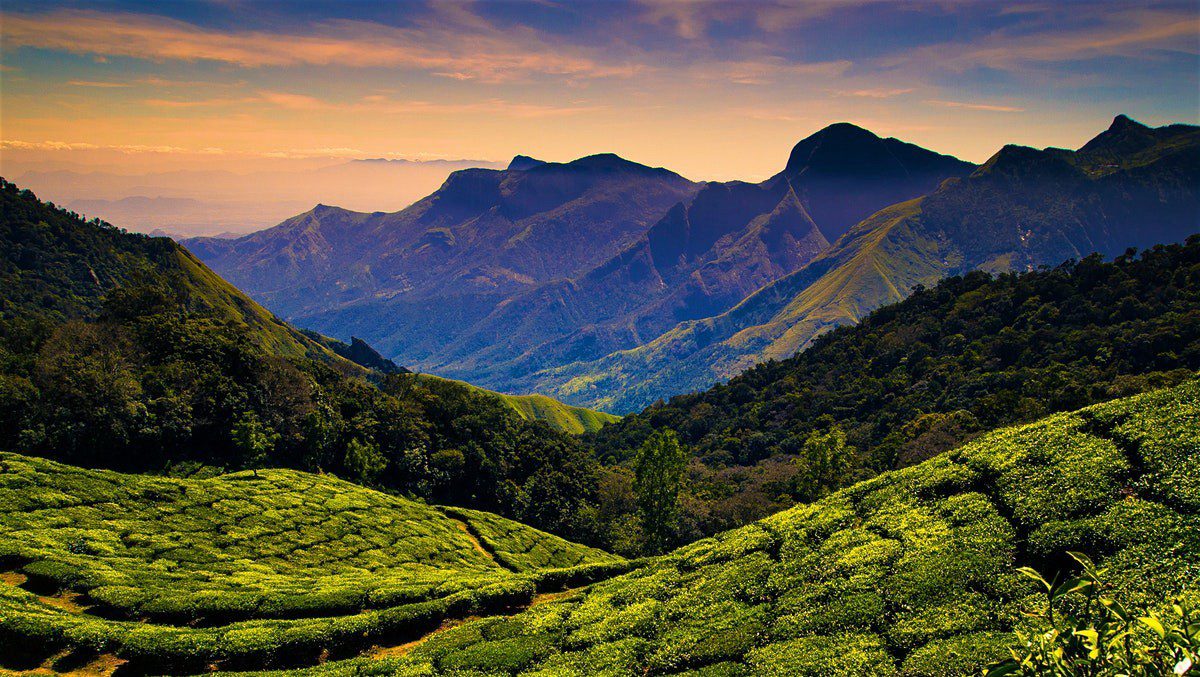 Known as the “Blue Mountains,” this magnificent mountain range stretches across Tamil Nadu, Karnataka, and Kerala. In this article, we will delve into the wonders of the Nilgiri Hills, exploring their geographical features, unique biodiversity, cultural significance, and the myriad of experiences they offer visitors.
Known as the “Blue Mountains,” this magnificent mountain range stretches across Tamil Nadu, Karnataka, and Kerala. In this article, we will delve into the wonders of the Nilgiri Hills, exploring their geographical features, unique biodiversity, cultural significance, and the myriad of experiences they offer visitors.
The Nilgiris form part of the Western Ghats, a UNESCO World Heritage Site. The Hills are among the oldest mountain ranges in the world. They had formed over 100 million years ago when the supercontinent of Gondwana broke up, and the Indian plate drifted northwards, colliding with the Asian plate. This collision caused the uplift of the Western Ghats, which led to the formation of the Nilgiri Hills.
The Nilgiri Hills are home to many endemic species, including the Nilgiri Tahr, which is found nowhere else in the world. The hills are also home to several tribes, such as the Toda, Kota, and Badaga, who have lived in the region for centuries. The Nilgiri Hills were declared a UNESCO World Heritage Site in 2007. This was in recognition of the region’s unique ecological and cultural values. The Nilgiri Hills are a key part of the Western Ghats, one of the world’s eight Hotspots of biological diversity.
The Nilgiri Hills are an important water source for southern India’s rivers. They are also a key link in the chain of mountain ranges from the Himalayas to the southern tip of India. The Nilgiri Hills are a popular tourist destination well-known for their scenic beauty. They offer various activities, such as hiking, bird watching, and elephant safaris.
The range extends approximately 150 kilometers (93 miles) in length and spans an area of about 5,000 square kilometers (1,930 square miles). The highest peak in the Nilgiri Hills is Doddabetta, standing tall at 2,637 meters (8,650 feet).
The region’s topography is rolling hills, deep valleys, and lush forests. The hills get their name from the bluish haze that envelops the landscape, created by the vast expanse of eucalyptus trees that cover the slopes. The Nilgiri Hills are also home to numerous rivers, including the Bhavani, Moyar, and Kabini, which originate from these mountains and provide a lifeline to the surrounding plains.
 The Nilgiri Hills boast incredible biodiversity, hosting many plant and animal species. The region is a hotspot for endemic flora and fauna, making it a significant conservation area. The moist evergreen forests, shola-grassland ecosystems, and montane forests found in the Nilgiri Hills are home to several rare and endangered species.
The Nilgiri Hills boast incredible biodiversity, hosting many plant and animal species. The region is a hotspot for endemic flora and fauna, making it a significant conservation area. The moist evergreen forests, shola-grassland ecosystems, and montane forests found in the Nilgiri Hills are home to several rare and endangered species.
The forests of the Nilgiri Hills are known for their diverse tree species, including the iconic Nilgiri tahr, an endangered mountain goat found only in this region. Other notable wildlife species include elephants, gaurs (Indian bison), sambar deer, lion-tailed macaques, and various bird species. The Nilgiri Hills are also famous for their tea and coffee plantations, adding to the region’s agricultural significance.
Efforts are underway to conserve the unique biodiversity of the Nilgiri Hills. Several national parks and wildlife sanctuaries, such as Mudumalai National Park, Bandipur National Park, and Silent Valley National Park, have been established to protect the region’s flora and fauna. These protected areas serve as havens for wildlife and provide opportunities for nature enthusiasts to explore the natural wonders of the Nilgiri Hills.
The Nilgiri Hills are a haven for nature lovers and hold immense cultural significance. The region is inhabited by several indigenous communities, including the Toda, Kurumba, and Badaga tribes. These communities have a rich cultural heritage and unique traditions deeply connected to the mountains.
The Toda tribe, in particular, has a distinct way of life centered around their sacred buffalo worship and traditional dwellings known as “munds.” Their intricate embroidery work, known as poothukuli, is a significant art form that reflects their cultural identity. Visitors to the Nilgiri Hills can immerse themselves in the local culture by interacting with these indigenous communities and experiencing their traditional lifestyle.
The Nilgiris are known for their scenic beauty and popular destination for trekking and hiking. There are a number of popular tourist spots in the Nilgiris, such as Ooty, Coonoor, and Kotagiri. The Nilgiris is also home to many wildlife sanctuaries and national parks, such as the Nilgiri Biosphere Reserve and the Mudumalai National Park.
The Nilgiris is a popular destination for both Indian and foreign tourists. Recently, the number of tourists visiting the Nilgiris has increased significantly. This is due to the growing popularity of adventure tourism in India, and the Nilgiris offers a number of opportunities for adventure activities such as trekking, hiking, and camping.
If you are planning a trip to the Nilgiris, there are a number of things to keep in mind. The best time to visit the Nilgiris is between October and February when the weather is cool and pleasant. It is advisable to book your accommodation in advance, as the Nilgiris is a popular tourist destination, and hotels can get booked up quickly.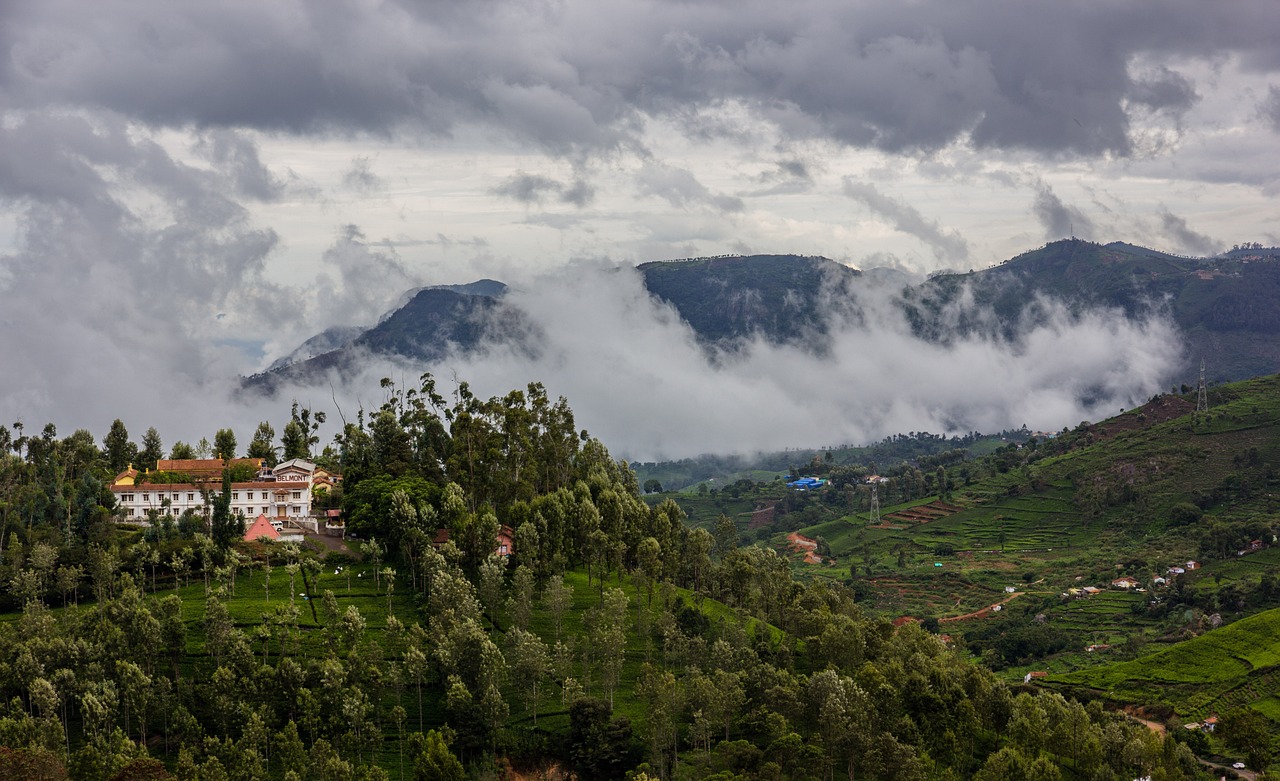
When visiting the Nilgiris, there are a number of things to see and do. The Nilgiris offers a number of scenic hiking and trekking trails, and there are also a number of wildlife sanctuaries and national parks to explore. The Nilgiri Hills offer a wide range of tourist experiences, catering to different interests and preferences. Here are some of the popular attractions and activities in the region:
- Ooty: The hill station of Ooty, also known as Udhagamandalam, is the most famous tourist destination in the Nilgiri Hills. Visitors can enjoy scenic boat rides on Ooty Lake, ride on the Nilgiri Mountain Railway (a UNESCO World Heritage Site), and explore the beautiful botanical gardens.
- Tea and Coffee Plantations: The Nilgiri Hills are renowned for their tea and coffee plantations. Visitors can tour these plantations, learn about the production process of tea and coffee, and sample some of the finest teas and coffees.
- Wildlife Safari: The national parks and sanctuaries in the Nilgiri Hills offer thrilling wildlife safaris. Visitors can embark on jeep safaris or elephant rides to spot elephants, tigers, leopards, and other wildlife species in their natural habitats.
- Trekking and Hiking: The Nilgiri Hills provide ample opportunities for trekking and hiking enthusiasts. Trails like the Nilgiri Tahr Trail and the Avalanche Trail offer stunning views of the mountains, valleys, and waterfalls.
- Botanical Gardens: The region is home to several picturesque gardens, including the Government Botanical Garden in Ooty and Sim’s Park in Coonoor. These gardens showcase a diverse range of plants, flowers, and trees.
The Nilgiri Hills, with their mesmerizing landscapes, rich biodiversity, and cultural heritage, offer visitors a unique and unforgettable experience. From the misty mountains to the lush forests and vibrant tea plantations, the region captivates the senses and rejuvenates the soul. Whether exploring the national parks, interacting with indigenous communities, or indulging in the local cuisine, a journey to the Nilgiri Hills promises a delightful blend of nature, culture, and serenity.


